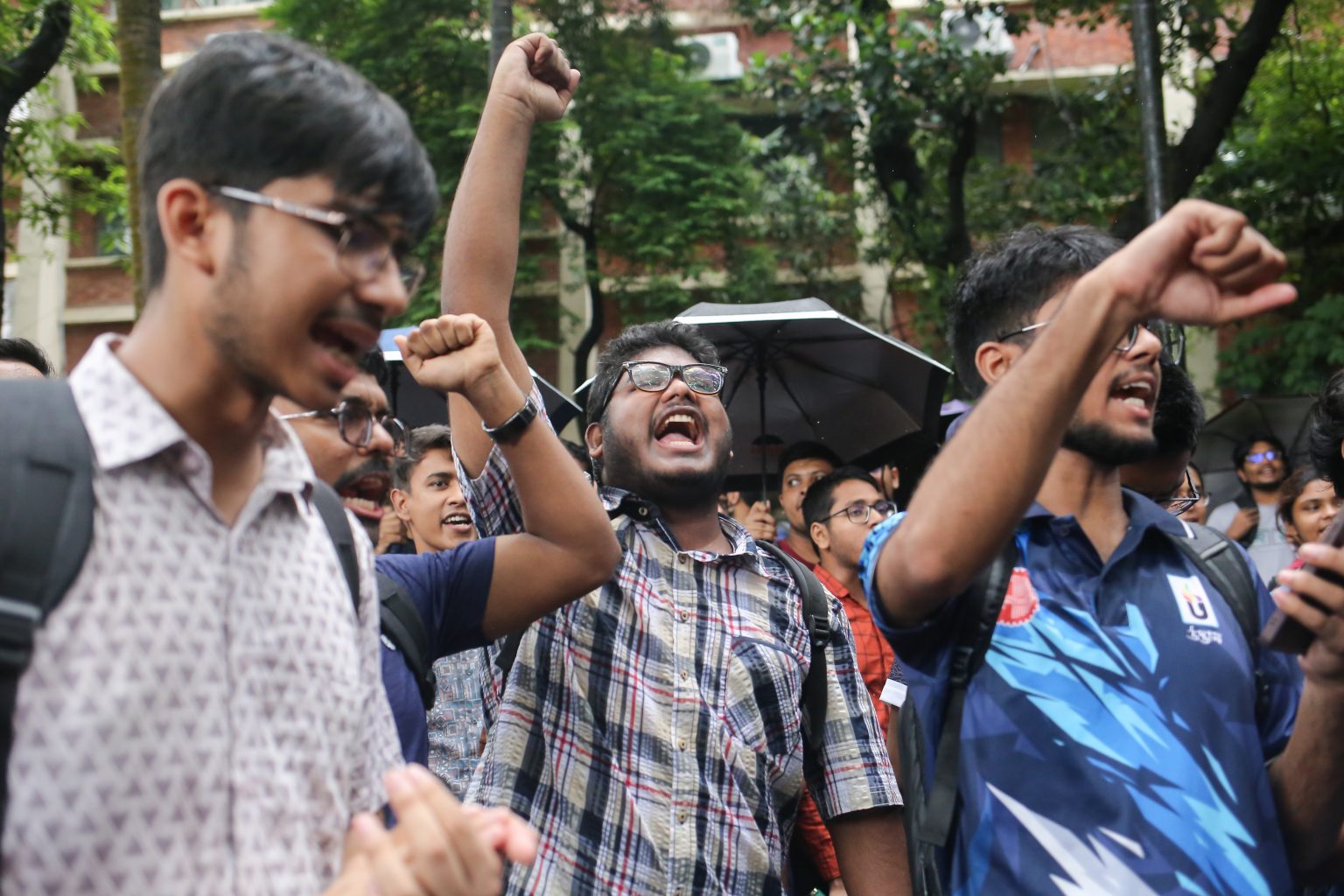On 12 August, Bangladesh joins the global community in observing International Youth Day – a time to celebrate the energy and promise of young people worldwide. This year, the UN theme “Local Youth Action for the SDGs and Beyond” resonates deeply with Bangladesh’s demographic reality. We are on the brink of our first demographic dividend — a rare chance to turn our young population into a driving force for sustainable growth. But are we truly ready to take this chance?
According to UNFPA Bangladesh, the age-dependency ratio — which compares the number of dependents to working-age people — has dropped significantly, from around 90 dependents per 100 workers in the 1980s to 53 dependents per 100 workers in 2022. This means there are now more people working and fewer dependents, freeing up resources for health, education, and economic growth, and opening the door to the much-talked-about first demographic dividend.
But this dividend won’t happen on its own. Bangladesh spends only about 2% of its GDP on education and 2–3% on health — far below the recommended 5% for each. Without major investment, the chance could slip away.
The country’s youth — over 44 million people aged 15–35, nearly a third of the population — hold enormous potential. Yet youth unemployment is around 16%, according to recent national and international reports. Many are stuck in low-paying, insecure jobs or are not in work, education, or training at all, with young women facing the greatest disadvantages. According to the International Labour Organization (ILO), less than 37% of women in Bangladesh take part in the workforce. This limits the productivity of half the population. Closing this gender gap is very important if we want to fully benefit from the demographic dividend.
Despite these challenges, opportunities abound. Our young people are leading progress in digital technology, climate action, green industries, and community projects aligned with the Sustainable Development Goals (SDGs). For example, the Skills for Employment Investment Program (SEIP), supported by the World Bank, has trained over 800,000 youth, and more than 70% have found jobs in areas like ICT and renewable energy. In addition, other youth-led programs are helping young innovators and entrepreneurs play an active role in sustainable development. But these efforts are still too small compared to the huge need.
The barriers are clear and urgent: underinvestment in education and health — the foundation of human capital; a mismatch between education and job market demands leaving many graduates unprepared; gender disparities excluding many young women from economic participation; and policy gaps that make youth voices symbolic rather than strategic.
The government’s Voluntary National Review (VNR) process, assessing progress toward the SDGs, highlights impressive strides in poverty reduction and education access. Yet it also underscores ongoing challenges in education quality, health investment, and gender equality — all essential to unlocking the demographic dividend.
Without rapid reforms, the window for Bangladesh’s first demographic dividend will close, complicating prospects for a second dividend driven by productivity gains as the population ages.
To maximize this opportunity and enable youth to lead national progress, Bangladesh must urgently increase public spending on health and education — currently only 0.67% and 1.53% of GDP respectively — creating a critical gap in building skills and talent. Alongside boosting budgets, the country must update education and training to align with growing sectors like digital technology and green energy, remove barriers preventing women’s workforce participation, include youth in policymaking and SDG planning, and encourage investments that raise productivity for fair and lasting growth.
The demographic dividend won’t last forever. If Bangladesh takes strong action now, young people can drive the country’s sustainable growth and help build a prosperous future. But if we fail, this chance could turn into a burden — with a whole generation left behind and the economy losing its most valuable resource.
This International Youth Day, let us commit to empowering our youth, not as passive beneficiaries, but as active architects of Bangladesh’s future. The time to act is now, before this historic window closes forever.
The writer works in Partners in Population and Development (PPD).


